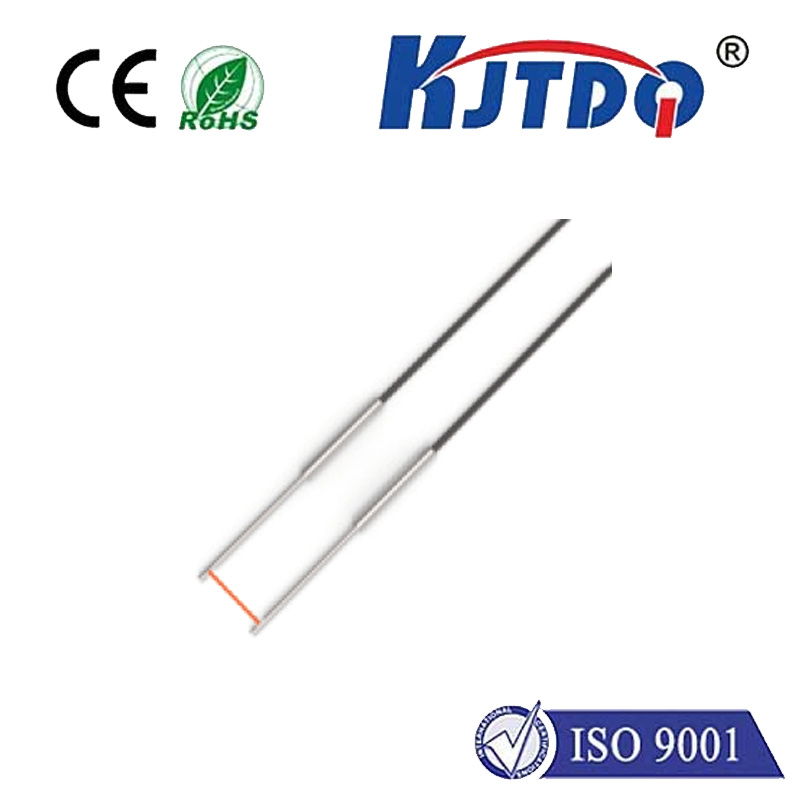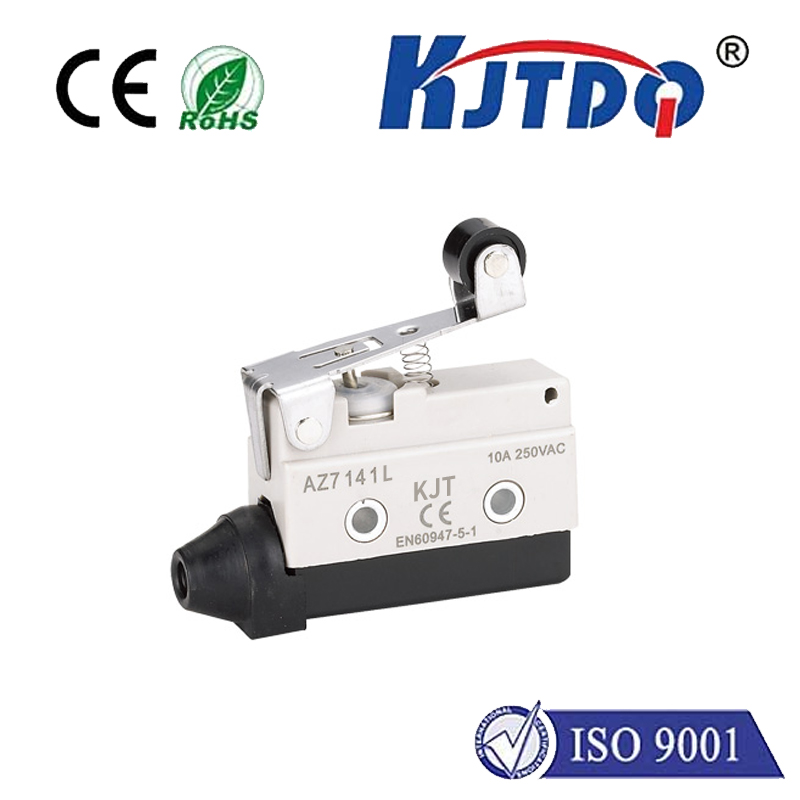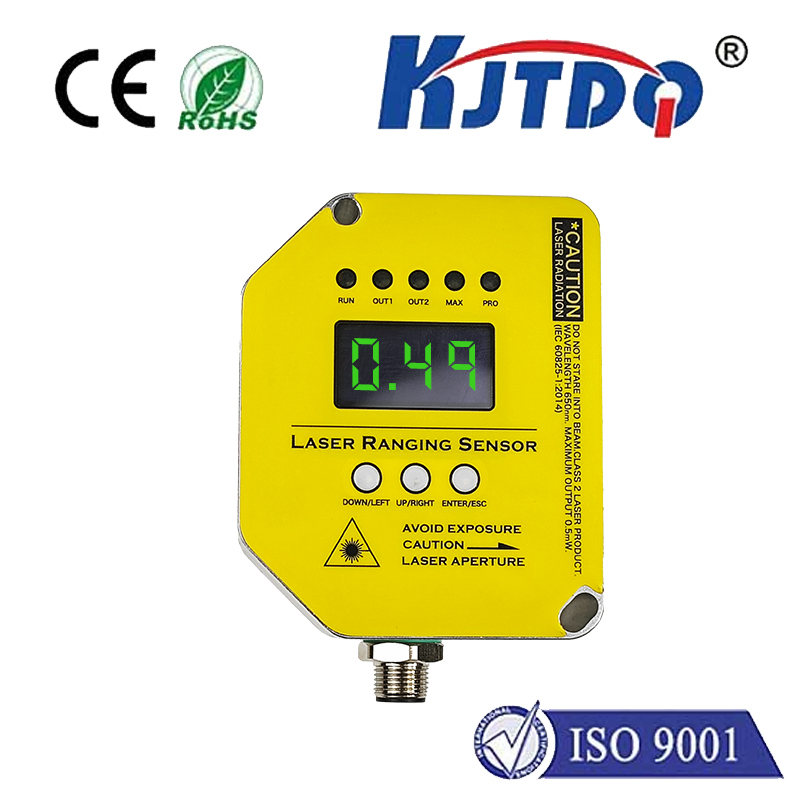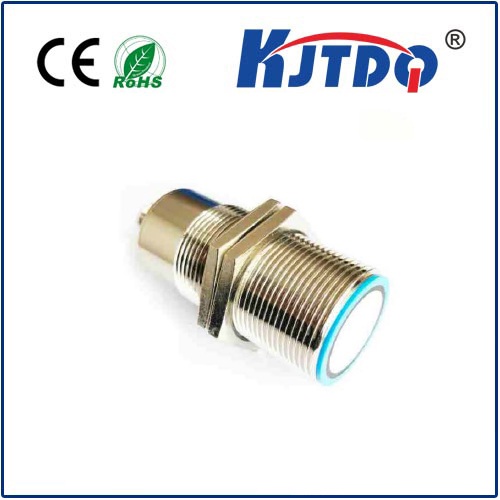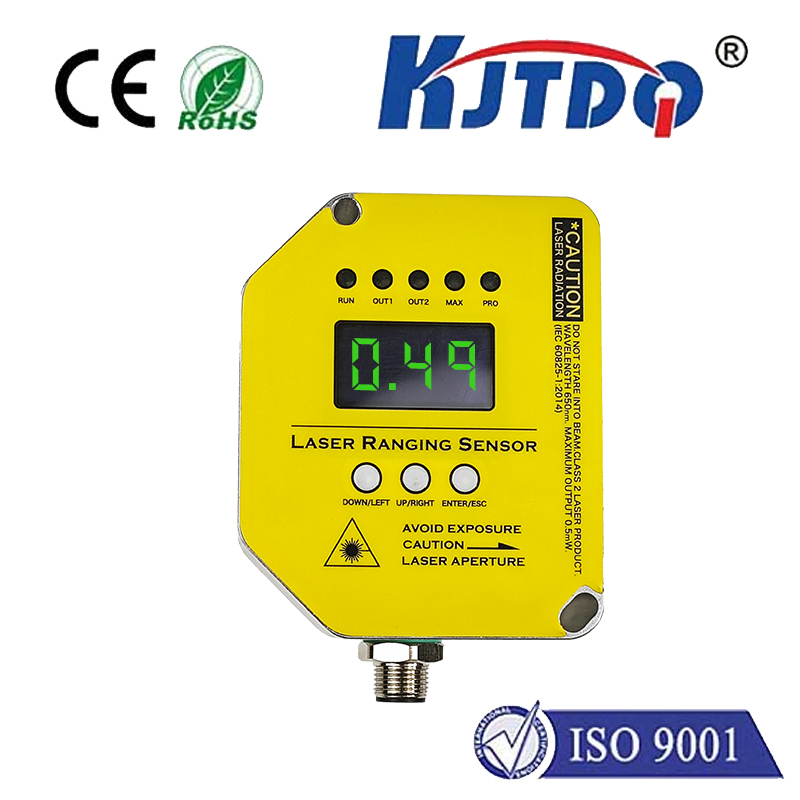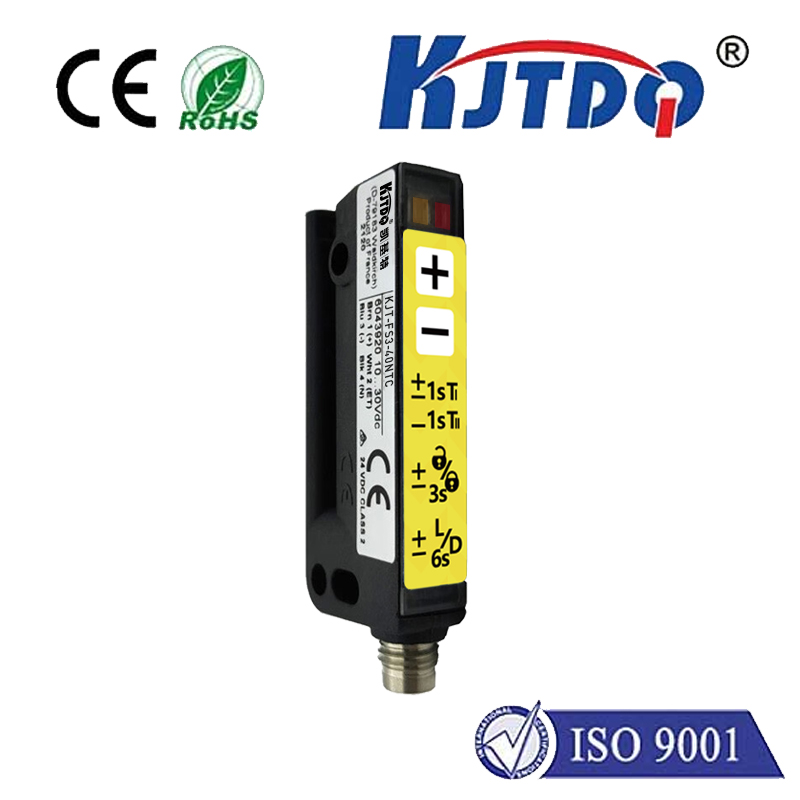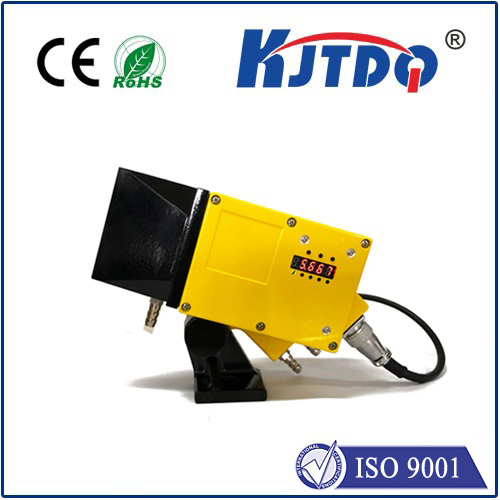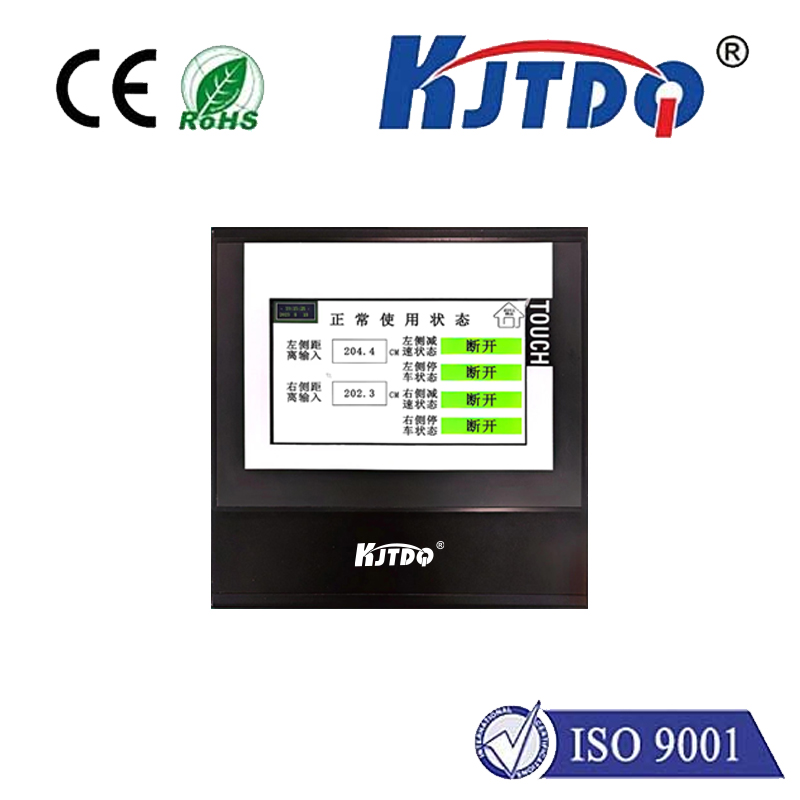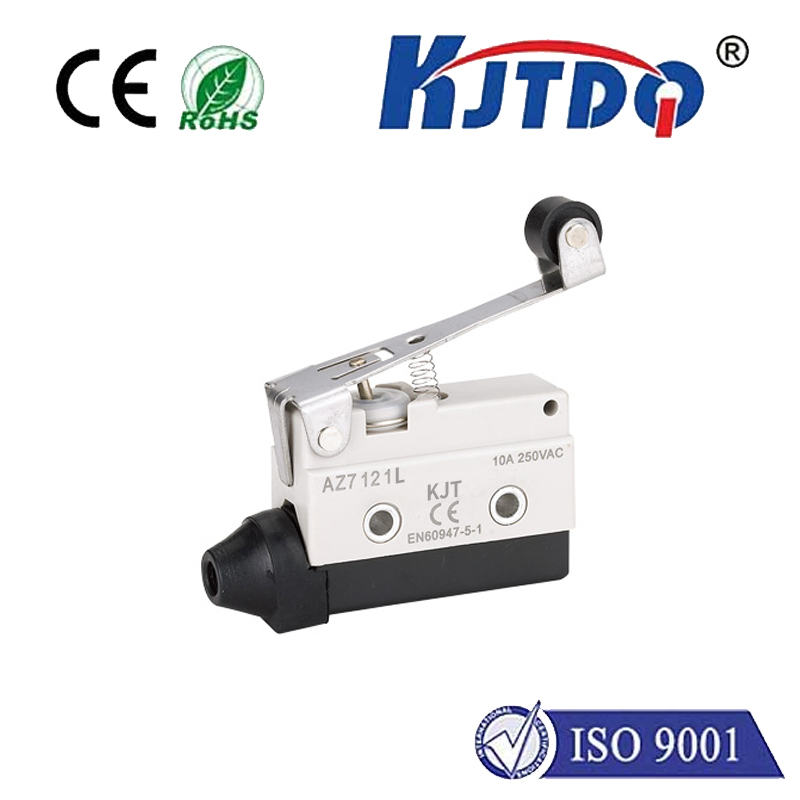
check

check

check

check
In recent years, proximity sensors have become an integral part of many technological devices due to their ability to detect the presence of objects at a distance. Two of the most popular types of proximity sensors are the Non-Inductive Coupled (N.P.N) and Power Integrations (P.N.P). Each type has its unique features and applications that differentiate them from one another.
The non-inductive coupling (N.P.N) sensor is a simple electronic device that uses electromagnetic induction to determine the distance between two metal plates. It works by creating an alternating magnetic field that interacts with the metallic plates placed between them. When the magnetic field changes, it triggers a change in electrical conductivity, which can be read as an electrical signal indicating the distance between the two plates. N.P.N sensors are commonly used in industrial and consumer applications such as door controls, automatic doors, and motion detectors.
On the other hand, the power integrations (P.N.P) sensor employs a different approach to detect proximity. Instead of using metal plates, it utilizes a photodiode array that converts light into an electrical signal. The P.N.P sensor emits light pulses that travel through a small gap between the photodiodes. When an object passes through the gap, it interrupts the light path, causing the photodiodes to emit a signal. The frequency at which the signal is emitted indicates the distance of the object. P.N.P sensors are often used in medical equipment, automotive safety systems, and robotics.
One major advantage of N.P.N sensors is their simplicity and low cost compared to P.N.P sensors. However, they have limitations in terms of accuracy, stability, and range due to their reliance on electromagnetic fields. In contrast, P.N.P sensors offer higher accuracy and reliability but require more complex design and components.
In conclusion, both N.P.N and P.N.P proximity sensors play crucial roles in various technological applications, each with its unique advantages and limitations. By understanding the differences between these sensors and selecting the appropriate one for a specific task, we can achieve better performance and efficiency in our devices.
